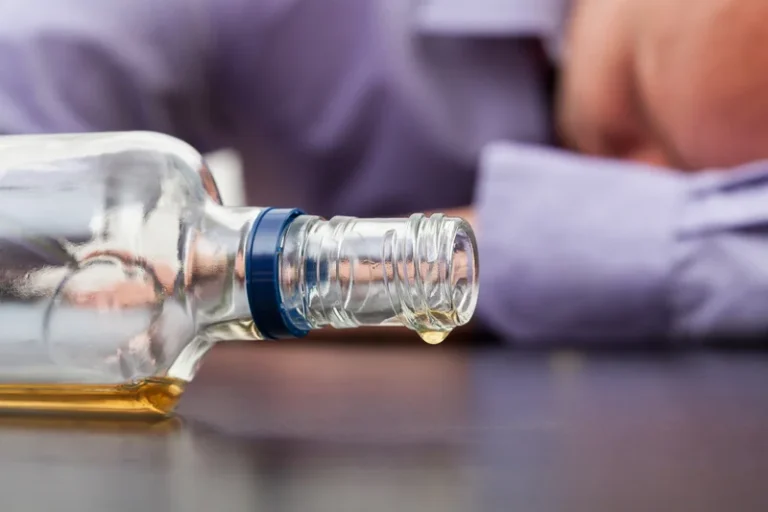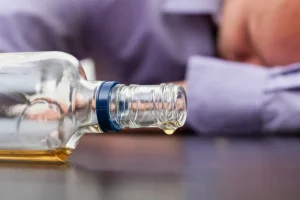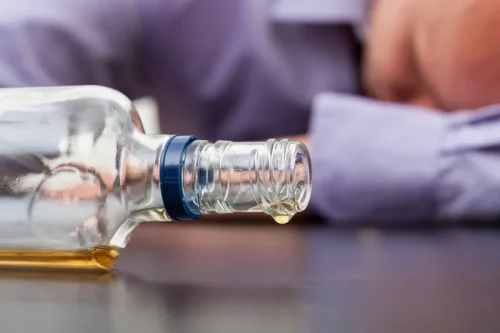Blood clots: Alcohol could increase risk of deep vein thrombosis by 5% how much alcohol?

Thus, clinicians have noted that some people who consume alcohol in excess repeatedly develop thrombocytopenia (often severely), https://ecosoberhouse.com/ whereas other drinkers maintain normal platelet levels. The function of neutrophils, including their adhesion ability, is regulated by hormonelike substances called leukotrienes. Thus, the impaired neutrophil functioning observed after alcohol treatment could be attributable to reduced leukotriene production or to the neutrophils’ inability to respond to the leukotrienes. Some research results indicate that alcohol can interfere with leukotriene production. Alcohol consumption also interferes with the neutrophils’ ability to reach the site of an infection or inflammation (i.e., neutrophil delivery). When traveling to such a site, the neutrophils adhere to the walls of the blood vessels before migrating out of the blood vessels into the affected tissue.
Vascular Symptoms

While alcohol may have blood thinning effects, it may also increase the risk of cardiovascular conditions and blood clots. One of these servings of alcohol per day, with at least two days per week without alcohol consumption, may benefit heart health. However, there is no such thing as completely safe drinking, so if you have any concerns about heart health, it is better to avoid drinking. This is especially true for those who have a family history of heart disease or blood disorders, or who are on any kind of prescription medication, including blood thinners. Because alcohol impairs the function of the normal blood-clotting system, it also can adversely interact with over-the-counter and prescription medications that prolong bleeding or prevent coagulation. As a result, the concomitant use of alcohol and aspirin or NSAID’s greatly increases the patient’s risk for gastrointestinal bleeding.
Reduced or Increased Risk of Blood Clots Due to Drinking
For example, anemia2 resulting from diminished RBC production and impaired RBC metabolism and function can cause fatigue, shortness of breath, lightheadedness, and even reduced mental capacity and abnormal heartbeats. Finally, alcohol-induced abnormalities in the plasma proteins that are required for blood clotting can lead to the formation of blood clots (i.e., thrombosis). Alcohol has numerous adverse effects Halfway house on the various types of blood cells and their functions.

If you think you have a pulmonary embolism
The most common cause of this deficiency is a diet poor in folic acid, a frequent complication in alcoholics, who often have poor nutritional habits. In addition, alcohol ingestion itself may accelerate the development of folic acid deficiency by altering the absorption of folic acid from food. Blood cells make up about 45 percent of the blood volume; the remaining 55 percent consists of a watery liquid called plasma. In addition to water, plasma contains minerals; nutrients; regulatory substances, such as homones; gases, such as oxygen and carbon dioxide; and proteins. These proteins include those involved in blood clotting as well as immune proteins (i.e., antibodies or immunoglobulins).
Results
“The calf muscles act like pumps and propel blood through the veins,” Dr. Scovell says. Drinking alcohol in moderation is legal for adults in the United States who are at least 21 years old. According to the National Institute on Alcohol Abuse and Alcoholism (NIAAA), almost 87 percent of people in the US, ages 18 and older, drank alcohol at least once in their lives. About 70 percent of adults drank at least one alcoholic beverage in the past year, and around 56 percent report that they drank in the past month. Moderate drinking, however, has been shown to decrease the risk of ischemic stroke.
Are You Experiencing These Vein Disease Symptoms?
Drinking alcohol in moderation may have a protective effect on your blood vessels. Some research finds that alcohol increases levels of high-density lipoproteins (HDL, aka “good cholesterol”). This healthy type of cholesterol helps protect your arteries and prevent the blood clots that can lead to heart attacks and strokes. Research suggests drinking alcohol may thin the blood by affecting platelets, which are the parts of blood that initiate coagulation, or clotting.
- The NHIRD is a computerized database that contains the claims data of people insured by Taiwan’s National Health Insurance (NHI) program.
- About 30%–40% of leg blood clots go unnoticed because they do not cause typical symptoms.
- Shortness of breath that’s new and different from what you’ve experienced before could be a sign of a blood clot in your lung — especially if the feeling lingers.
- A funnel plot of studies assessing incident venous thromboembolism in highest alcohol consumers compared with the lowest alcohol consumers.
- Blood clots can form in the legs for several reasons, and some folks have a higher risk than others.
- The precise mechanism underlying vacuole development in blood cell precursors currently is unknown.
By adopting can alcoholism cause blood clots in legs these preventive measures and closely managing existing conditions, we can reduce our risk of alcohol-related blood clotting and promote overall cardiovascular health. However, it’s crucial to consult with a healthcare provider for personalized advice and guidance. Due to the array of other possible health issues, using alcohol as a blood thinner is not recommended. Instead, consult a medical professional if you are worried about blood clotting risk factors.
It can be suggested to them, that alcohol does affect blood clotting processes, but not in the way some might think. A pulmonary embolism (PE) occurs when a blood clot gets stuck in an artery in the lung, blocking blood flow to part of the lung. Blood clots most often start in the legs and travel up through the right side of the heart and into the lungs. You can get deep vein thrombosis (DVT) if you have certain medical conditions that affect how the blood clots. A blood clot in the legs can also develop if you don’t move for a long time. For example, you might not move a lot when traveling a long distance or when you’re on bed rest due to surgery, an illness or an accident.

Hemolysis can be an underlying cause of anemia, and several types of hemolytic anemia may be caused by chronic heavy alcohol consumption. Two of these disorders are characterized by the presence of malformed RBC’s—stomatocytes and spur cells—whereas one alcohol-related hemolytic anemia is caused by reduced phosphate levels in the blood (i.e., hypophosphatemia). Diagnosing hemolysis in alcoholic patients is not easy, because these patients frequently exhibit confounding conditions, such as alcohol withdrawal, abnormal folic acid levels, bleeding, or an enlarged spleen. The most striking indication of alcohol’s toxic effects on bone marrow cells is the appearance of numerous large vacuoles in early RBC precursor cells. Moreover, the vacuoles on average disappear after 3 to 7 days of abstinence, although in some patients they persist for up to 2 weeks. Although the different blood cells have distinct structures and functions, they are all produced at the same site, the bone marrow, in a complex process called hematopoiesis.

The relationship between alcohol and deep vein thrombosis may depend on what, and how much, you pour in your glass. The primary outcomes were newly diagnosed PE or DVT from hospitalization records. All of the participants were followed-up on to evaluate the occurrence of primary outcomes until December 31, 2011 or they were censored because of death, withdrew from the NHI program, or were lost to follow up.




